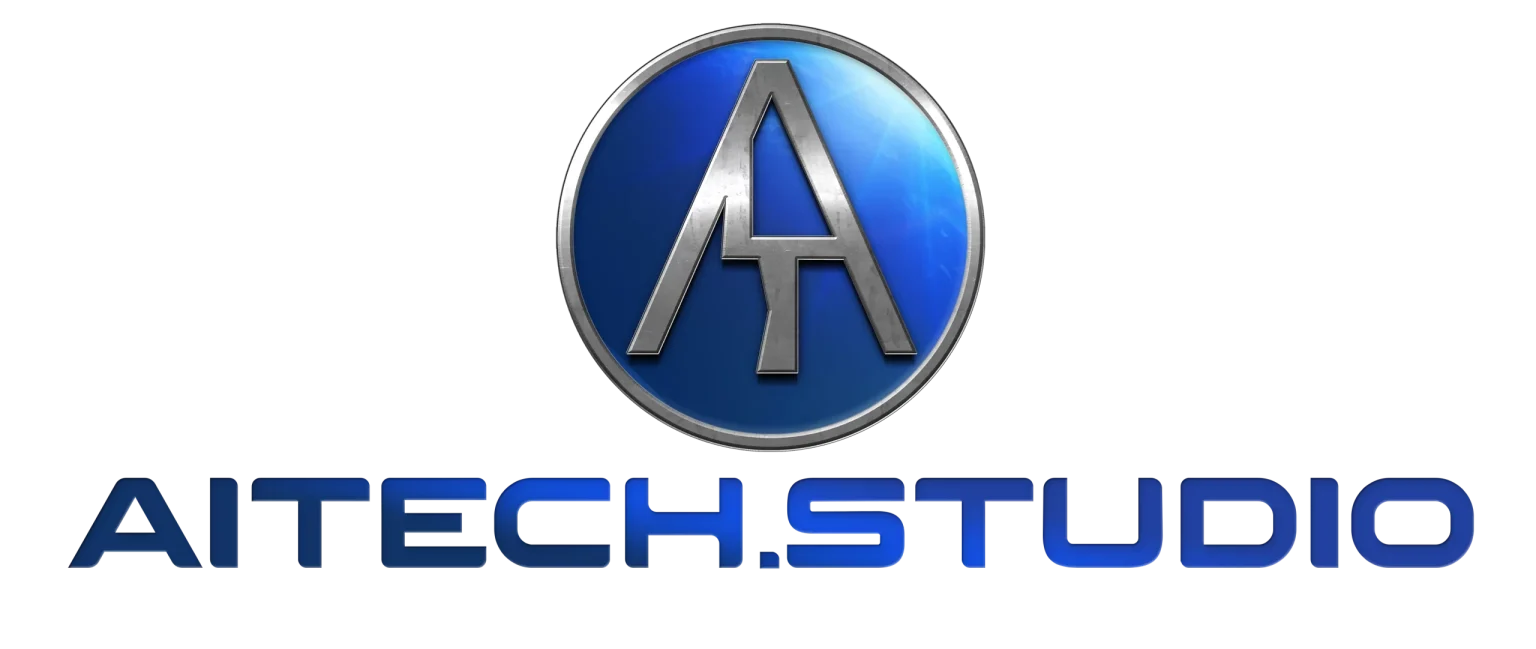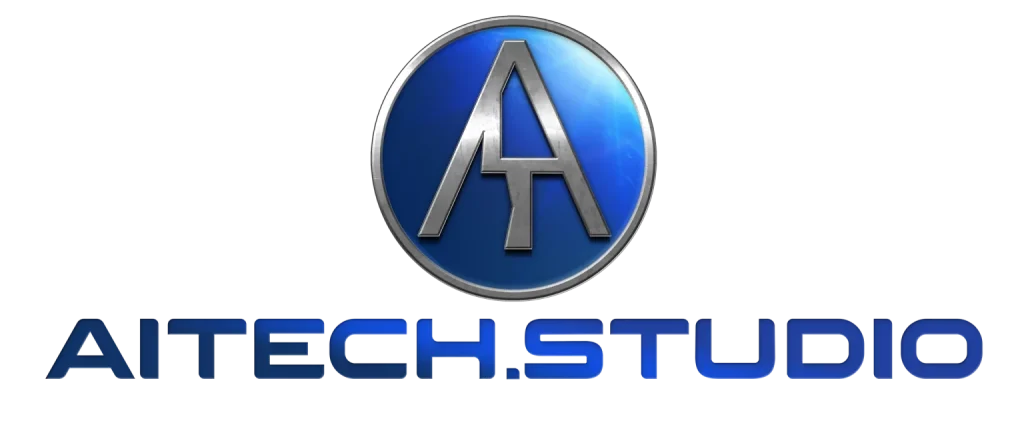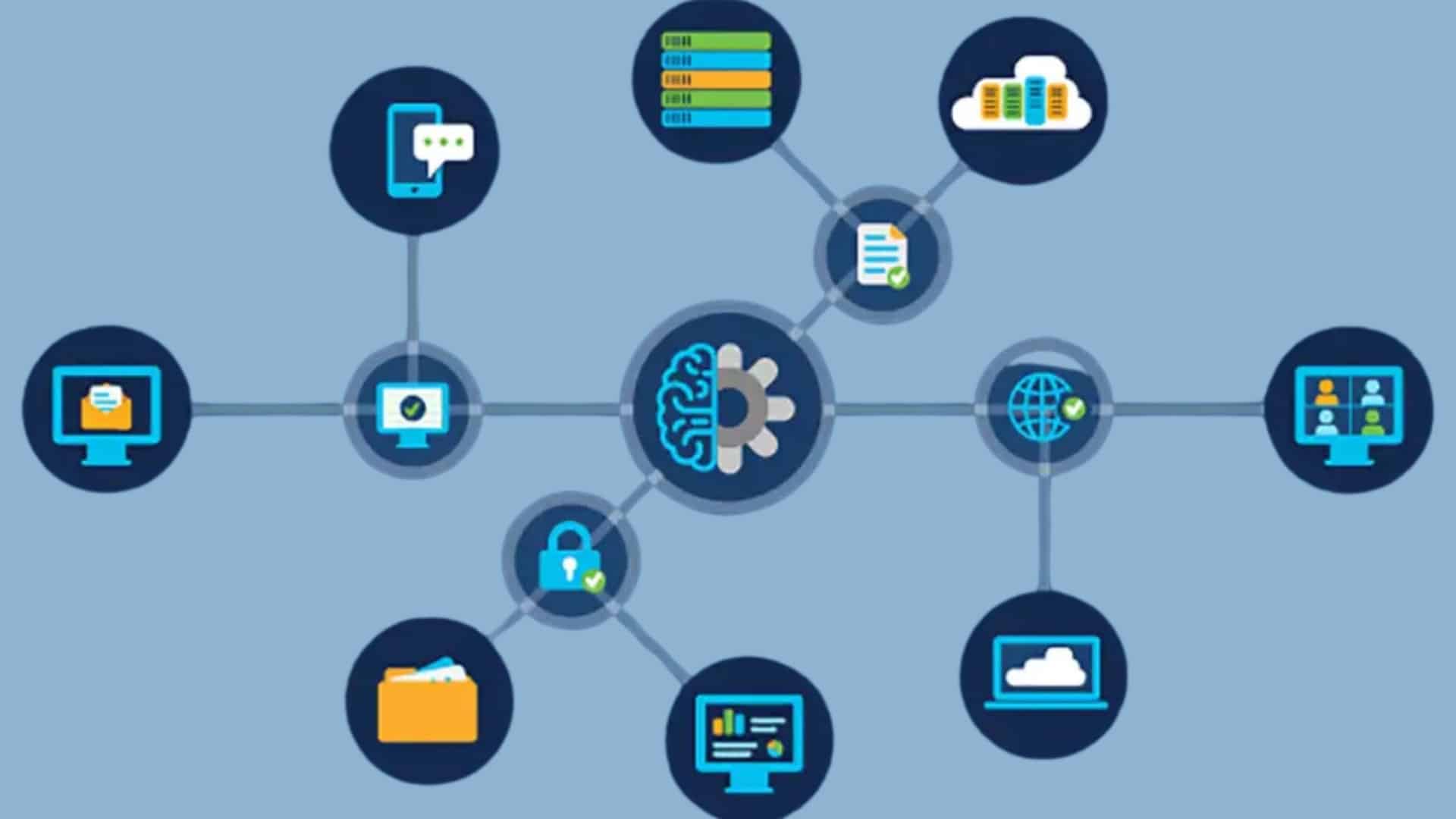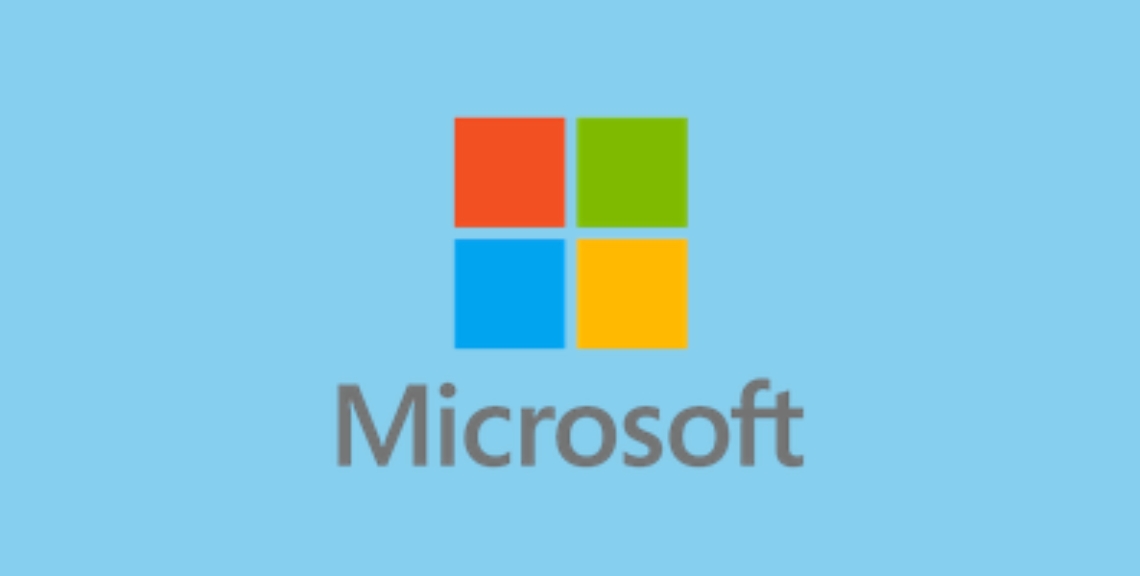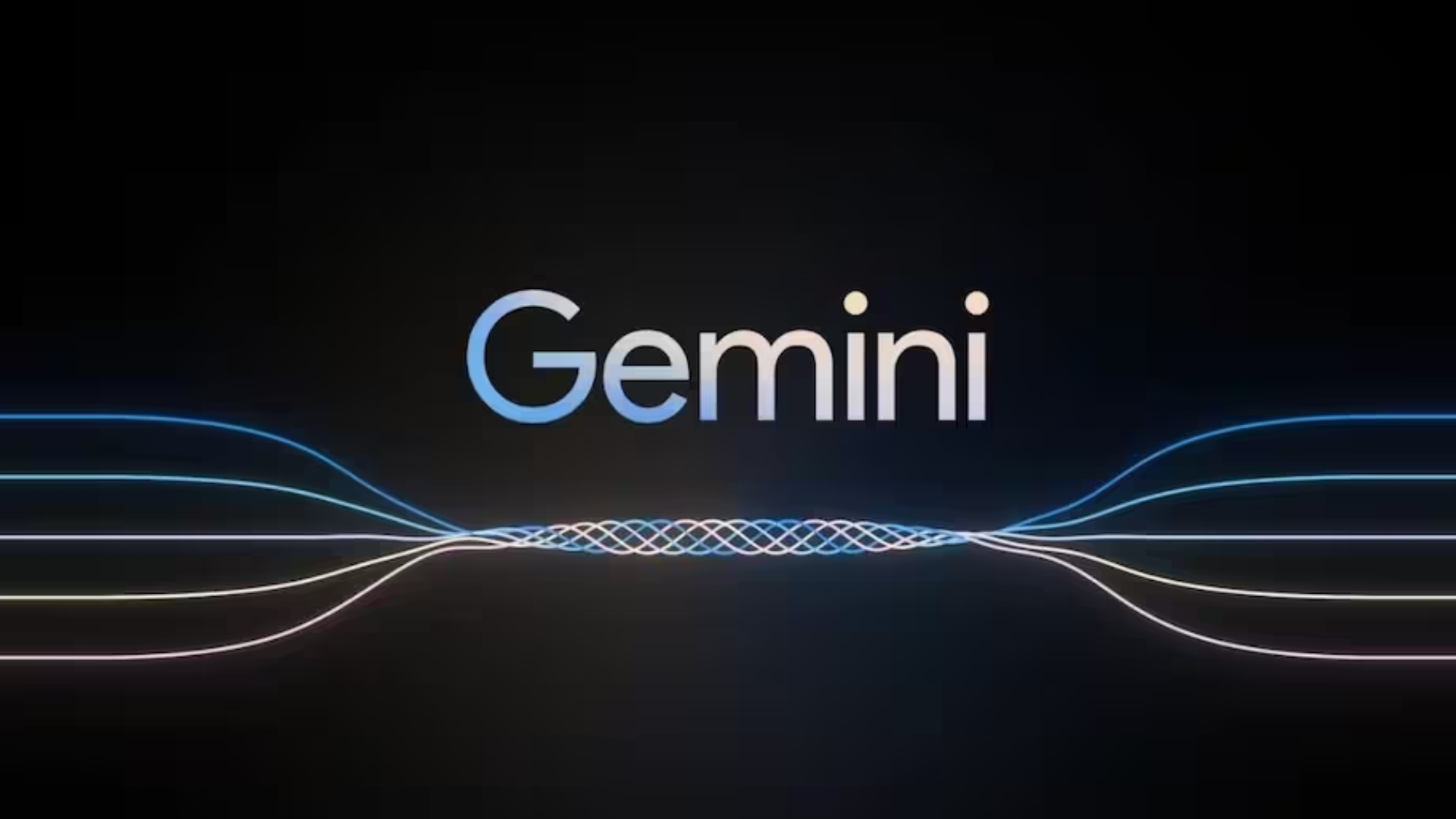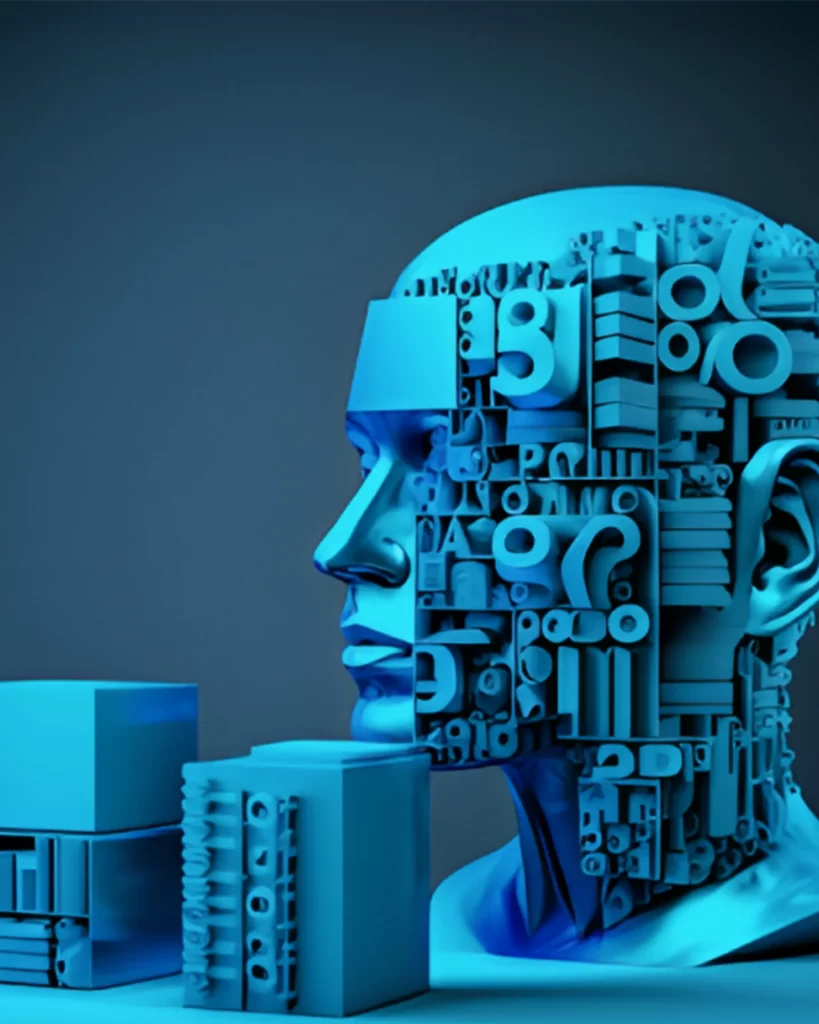Data Labeling and Annotation: Enhancing ML Understanding
Data labeling and annotation are processes in the field of machine learning and data analysis that involve assigning meaningful information or tags to raw data, making it understandable and usable for training and evaluation purposes. Data labeling is the process of attaching descriptive labels or tags to raw data, typically to provide context, meaning, or classification.
These labels help machines understand and interpret the data accurately. The primary goal of data labeling is to create a labeled dataset that can be used to train machine learning models. By associating data points with relevant labels, the model learns to make predictions or classifications based on the provided examples.
Data annotation involves the addition of metadata or annotations to different aspects of the data, such as objects, regions of interest, or specific features. It goes beyond simple labeling and provides detailed information about specific elements within the data. Data annotation is crucial for tasks like computer vision, where the goal is not only to classify the entire image but also to identify and understand individual objects or elements within the image. Annotations contribute to creating more sophisticated and context-rich datasets.
Gains from Data Labeling and Annotation Processes:
- Improved Model Accuracy: High-quality labels provide accurate training signals, leading to more precise and also reliable models.
- Accelerated Model Development: Automation and also streamlining of labeling processes significantly speed up model development cycles.
- Reduced Bias: Careful attention to labeling guidelines and also techniques helps minimize bias in model outcomes, promoting fairness and ethical AI.
- Enhanced Data Quality: Labeling often involves data cleaning and also validation, ensuring the integrity and consistency of datasets.
- Continuous Improvement: MLOps enables ongoing monitoring and also refinement of labeling processes, promoting continuous model improvement over time.
Vital Aspects in the Data Labeling & Annotation Process:
- Labeling Techniques: In dataset annotation, various techniques cater to different data types. For images, annotation includes bounding boxes, segmentation masks, and also keypoint labeling. Text annotation involves tasks like sentiment classification, named entity recognition, and topic modeling. Audio annotation covers speech transcription, sound event detection, and also speaker identification. Video annotation encompasses object tracking, action recognition, and scene understanding.
- Annotation Tools: Several tools facilitate efficient data labeling. Options include Label Studio, Amazon SageMaker Ground Truth, Figure Eight, V7, and also Prodigy, among others. These tools offer user-friendly interfaces and also functionalities to streamline the annotation process across diverse data modalities.
- Workflow Management: Effective workflow management is integral to dataset annotation. This includes task assignments, progress tracking, quality control mechanisms, and also collaboration features. These elements ensure a systematic and collaborative approach to labeling tasks while maintaining data accuracy and also consistency.
- Integration with MLOps Platforms: Dataset labeling tools seamlessly integrate with MLOps platforms, whether cloud-based or on-premise. This integration supports end-to-end model lifecycle management, linking labeled data directly to model training, deployment, and also monitoring stages.
- Model-Assisted Labeling: An advanced feature involves leveraging partially trained models to suggest annotations. This reduces manual effort and accelerates the labeling process, enhancing efficiency and also accuracy in dataset annotation.
- Active Learning: Incorporating active learning strategies, models autonomously identify and also select the most informative samples for labeling. This optimization ensures that labeling resources are focused on the most critical data points, enhancing the overall efficiency of the annotation process.
The World of Dataset Annotation and Labeling Tools:
- Labelbox
- Amazon SageMaker Ground Truth
- Microsoft Azure Data Labeling
- Scale AI
- LabelImg
- VGG Image Annotator (VIA)
- Label Studio
- Doppler
- Hivemind
- SuperAnnotate
1. Data Labeling with Labelbox: A Comprehensive Guide:
Labelbox is a versatile data labeling platform that caters to the needs of machine learning projects. Its comprehensive suite of tools supports the annotation of images, text, and videos. With a focus on collaboration, Labelbox facilitates the seamless integration of human labelers and also automation, ensuring the creation of high-quality labeled datasets.
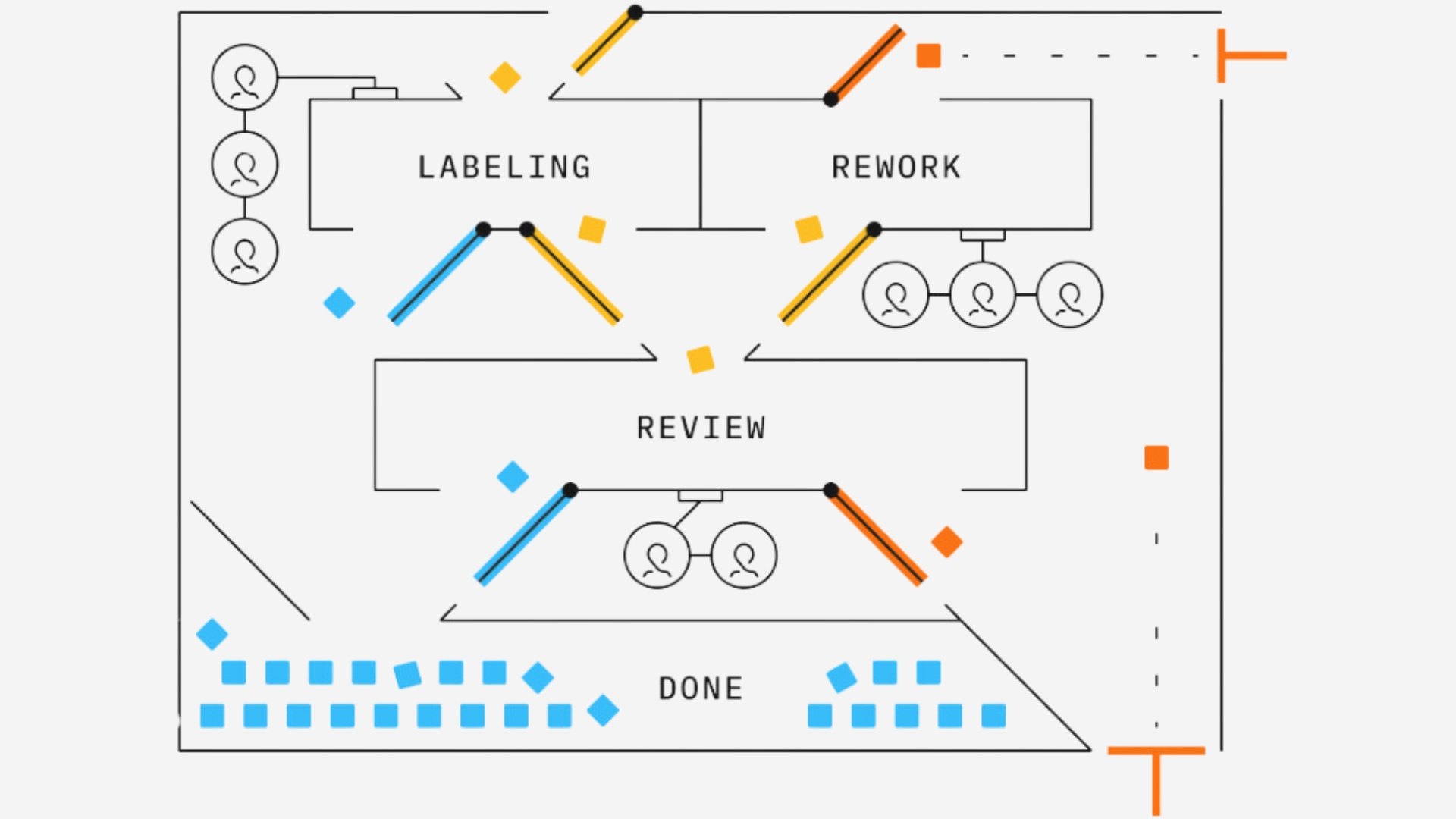
Image Source: https://labelbox.com/product/annotate/
Labelbox’s Virtuosity: Distinctive Competencies Exposed:
- Labeling Techniques: Labelbox supports a variety of labeling techniques for different data types. For images, it facilitates annotation methods like bounding boxes, segmentation masks, and also keypoint labeling. The platform extends its capabilities to text annotation, covering tasks such as sentiment classification, named entity recognition, and topic modeling. In audio, Labelbox enables speech transcription, sound event detection, and also speaker identification. For video annotation, Labelbox caters to techniques like object tracking, action recognition, and also scene understanding.
- Annotation Tools: Labelbox stands as a robust annotation tool, providing a user-friendly interface and also functionalities for diverse data modalities. It streamlines the annotation process, ensuring efficiency and also accuracy in data labeling.
- Workflow Management: Labelbox incorporates effective workflow management features, including task assignment, progress tracking, quality control mechanisms, and also collaboration features. These elements ensure a systematic and also collaborative approach to labeling tasks while maintaining data accuracy and consistency.
- Integration with MLOps Platforms: Labelbox seamlessly integrates with MLOps platforms, whether cloud-based or on-premise. This integration supports end-to-end model lifecycle management, linking labeled data directly to model training, deployment, and also monitoring stages.
- Model-Assisted Labeling: Labelbox incorporates advanced features like model-assisted labeling, allowing users to leverage partially trained models to suggest annotations. This reduces manual effort and also accelerates the labeling process, enhancing efficiency and accuracy in dataset annotation.
- Active Learning: Labelbox supports active learning strategies, allowing models to identify and select the most informative samples for labeling autonomously. This optimization ensures that labeling resources are focused on the most critical data points, enhancing the overall efficiency of the annotation process.
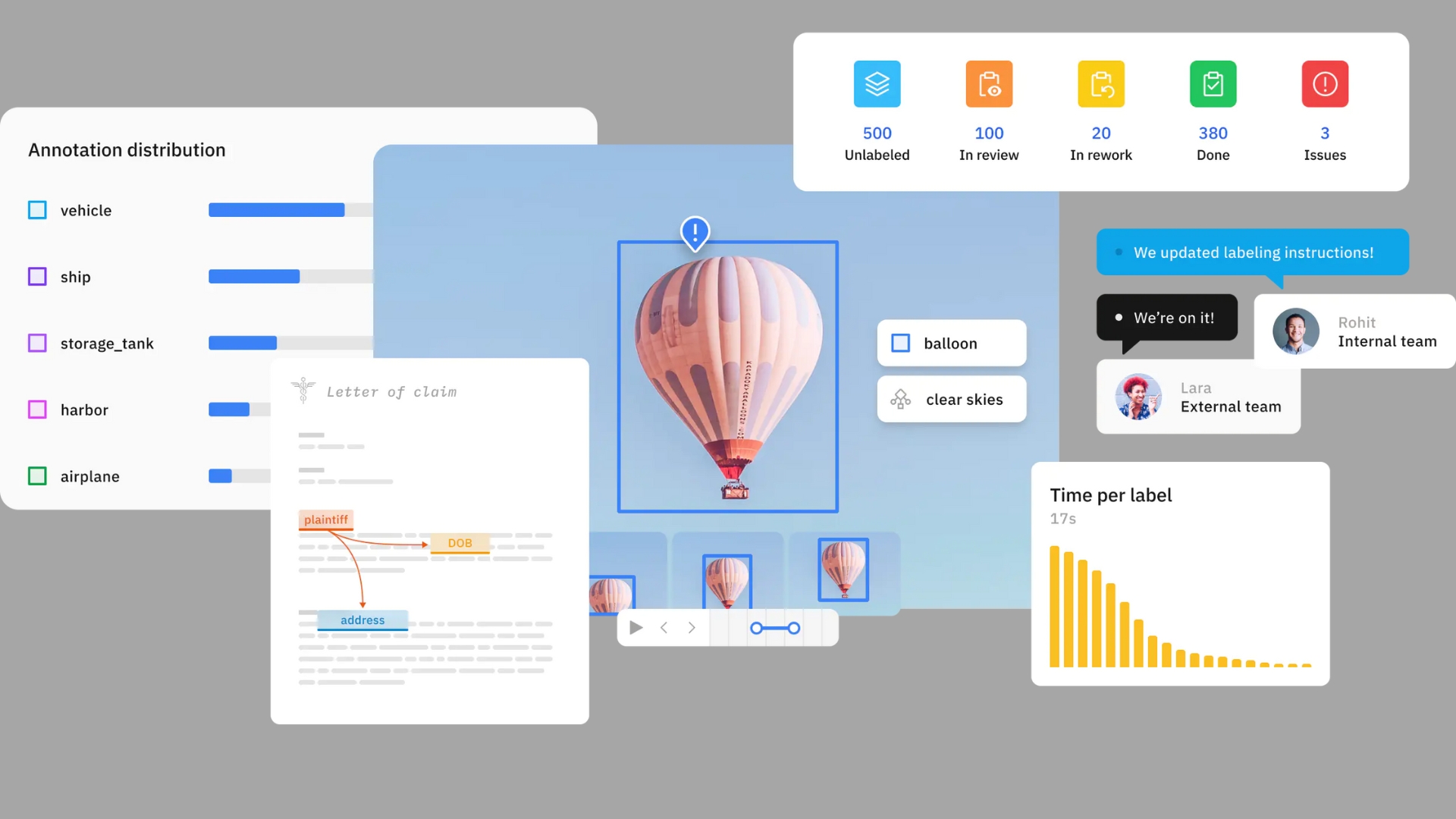
Image Source: https://labelbox.com/product/annotate/
How it Works: Users start by uploading raw data onto the Labelbox platform, where they can define annotation tasks. The user-friendly interface provides tools for tasks such as bounding box delineation, segmentation, and also keypoint labeling. Human labelers collaborate efficiently, and Labelbox also integrates with machine learning frameworks for improved automation and workflow efficiency.
2. Renovate Amazon’s SageMaker Ground Truth Blueprint:
Amazon SageMaker Ground Truth is a component of Amazon’s extensive machine-learning ecosystem, offering robust tools for data labeling. It aims to simplify the process of creating high-quality labeled datasets, supporting diverse labeling tasks for images and also text.
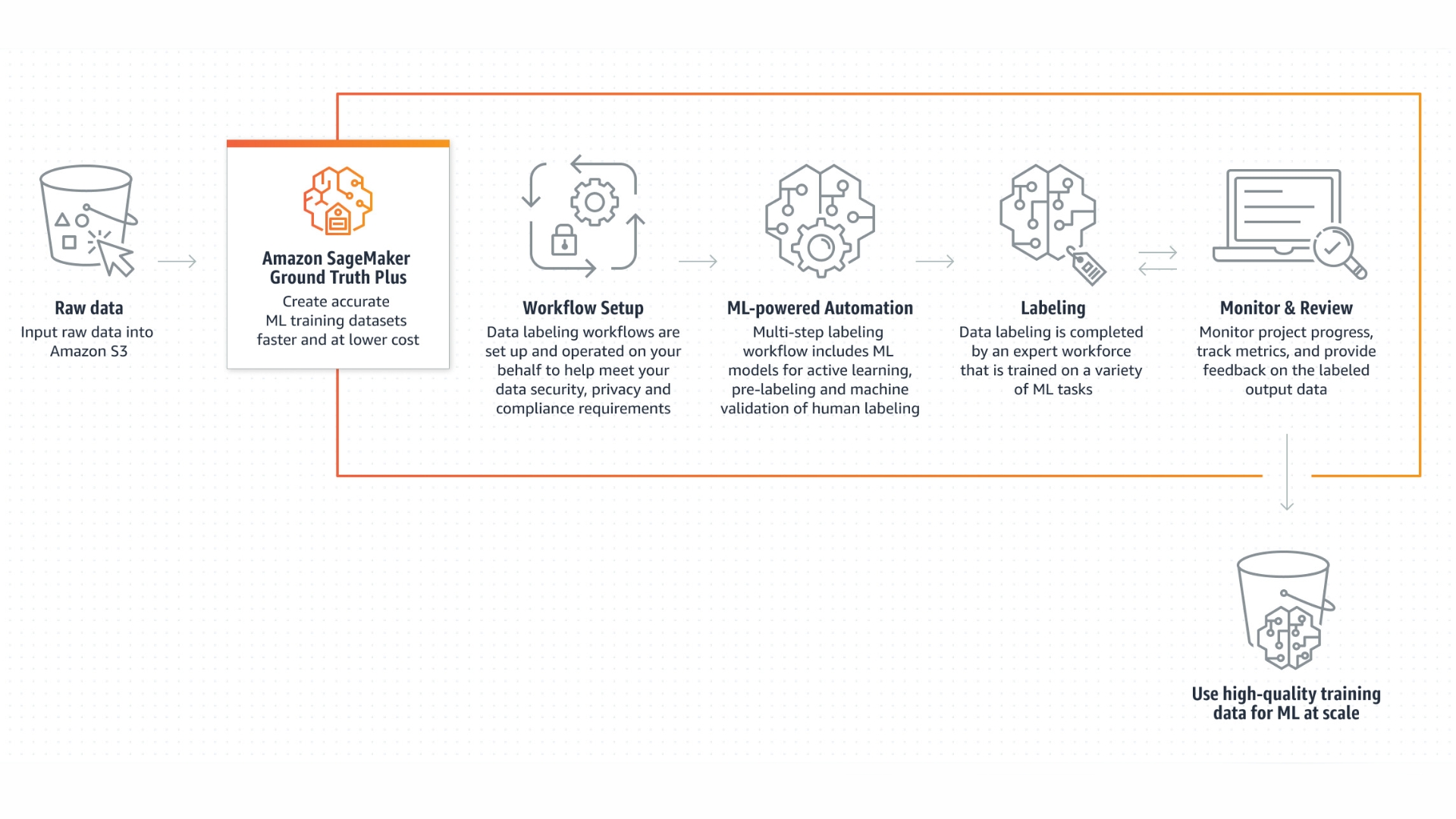
Image source: https://aws.amazon.com/sagemaker/groundtruth/
Key Capabilities of Amazon SageMaker Ground Truth:
- Labeling Techniques: Amazon SageMaker Ground Truth caters to various labeling techniques, covering images, text, audio, and also video annotation.
- Annotation Tools: It offers a robust annotation tool with a user-friendly interface.
- Workflow Management: Effective workflow management is ensured, covering task assignments, progress tracking, quality control, and also collaboration.
- Integration with MLOps Platforms: Seamless integration with MLOps platforms is a key feature, supporting end-to-end model lifecycle management.
- Model-Assisted Labeling: The platform leverages partially trained models for efficient annotation.
- Active Learning: Active learning strategies optimize the labeling of resources.
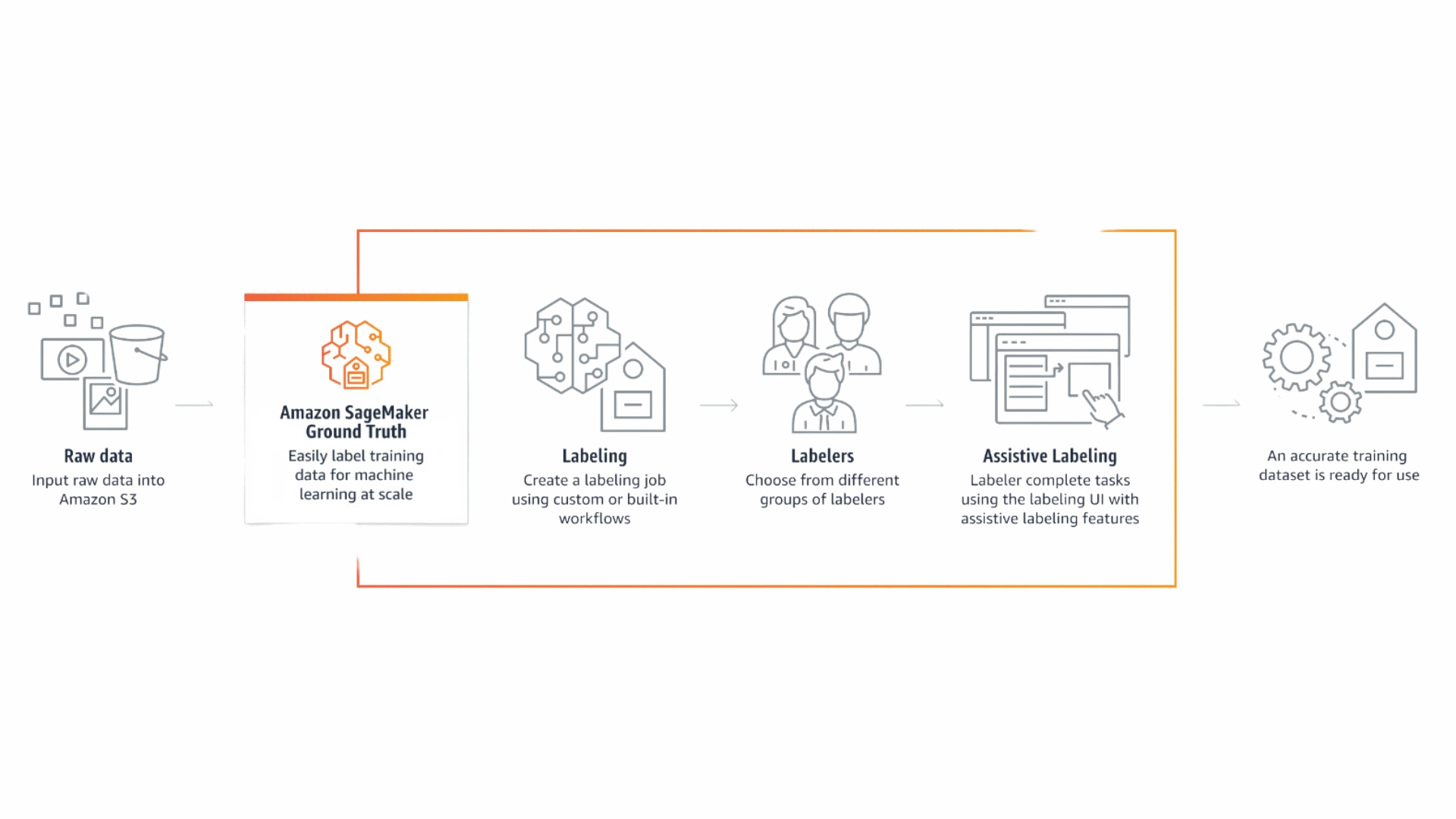
Image Source: https://aws.amazon.com/sagemaker/groundtruth/
How it works: Users initiate labeling jobs on the SageMaker Ground Truth platform, combining both human labelers and built-in algorithms for efficient annotation. The platform seamlessly integrates with other AWS services, providing a comprehensive solution for end-to-end machine learning workflows.
3. Azure Cognitive Tagging: Data Annotation Paradigm:
Microsoft Azure Data Labeling is a comprehensive solution for annotating and labeling data across various modalities. Supporting image segmentation, text labeling, and also more, Azure Data Labeling enables the preparation of labeled datasets crucial for machine learning model training.
Key Capabilities of Microsoft Azure Data Labeling:
- Labeling Techniques: Microsoft Azure Data Labeling supports a variety of labeling techniques, encompassing images, text, audio, and also video annotation.
- Annotation Tools: The platform provides robust annotation tools with user-friendly interfaces for diverse data modalities.
- Workflow Management: Effective workflow management features include task assignment, progress tracking, quality control, and also collaboration capabilities.
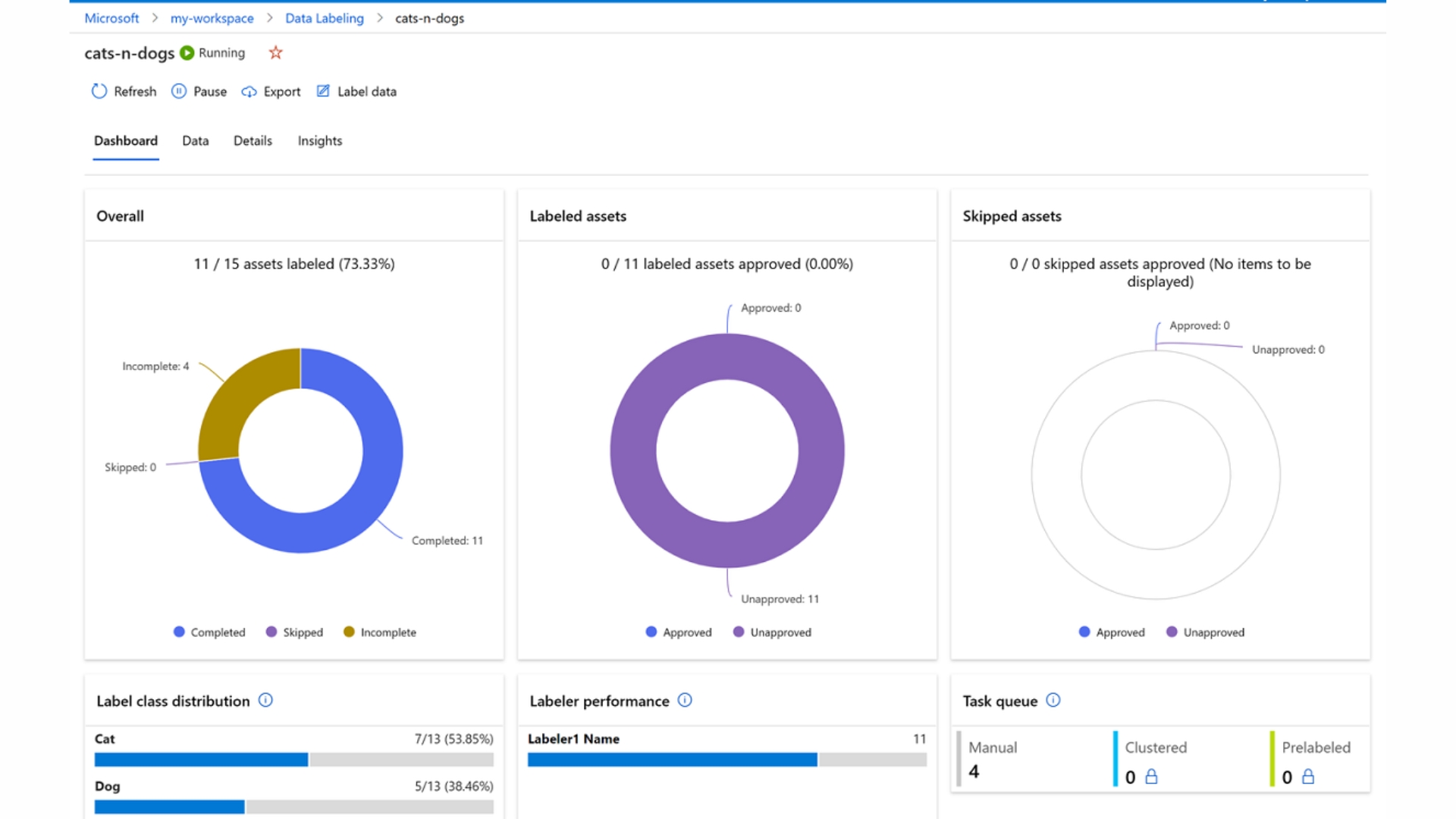
Image Source: https://rb.gy/wt7dsl
- Integration with MLOps Platforms: Seamless integration with Azure mlops platforms ensures end-to-end model lifecycle management.
- Model-Assisted Labeling: Leveraging partially trained models facilitates efficient annotation tasks.
- Active Learning: Active learning strategies enhance the selection of informative samples for labeling, optimizing the overall efficiency of the annotation process.
How it works: Users upload their data to the Azure portal, define labeling tasks, and also collaborate on the annotation process. The platform seamlessly integrates with Azure Machine Learning, allowing a smooth transition from data labeling to model training.
4. Augmenting Precision: Scale AI Enhances Data Annotation:
Scale AI focuses on delivering high-quality labeled data for machine learning model training. It combines the efforts of human labelers and advanced machine learning algorithms to ensure accuracy and efficiency in data annotation.

Image Source: https://scale.com/guides/data-labeling-annotation-guide
Unearth Scale AI’s Distinctive Competential Realm:
- Labeling Techniques: Scale AI offers diverse labeling techniques for images, text, audio, and video annotation.
- Annotation Tools: The platform provides advanced annotation tools to streamline the annotation process.
- Workflow Management: Efficient workflow management includes task distribution, progress tracking, and quality control mechanisms.
- Integration with MLOps Platforms: Seamless integration with MLOps platforms supports comprehensive model lifecycle management.
- Model-Assisted Labeling: Scale AI incorporates advanced features, including the use of partially trained models for annotation acceleration.
- Active Learning: The platform supports active learning strategies for optimal sample selection, improving the efficiency of the annotation process.
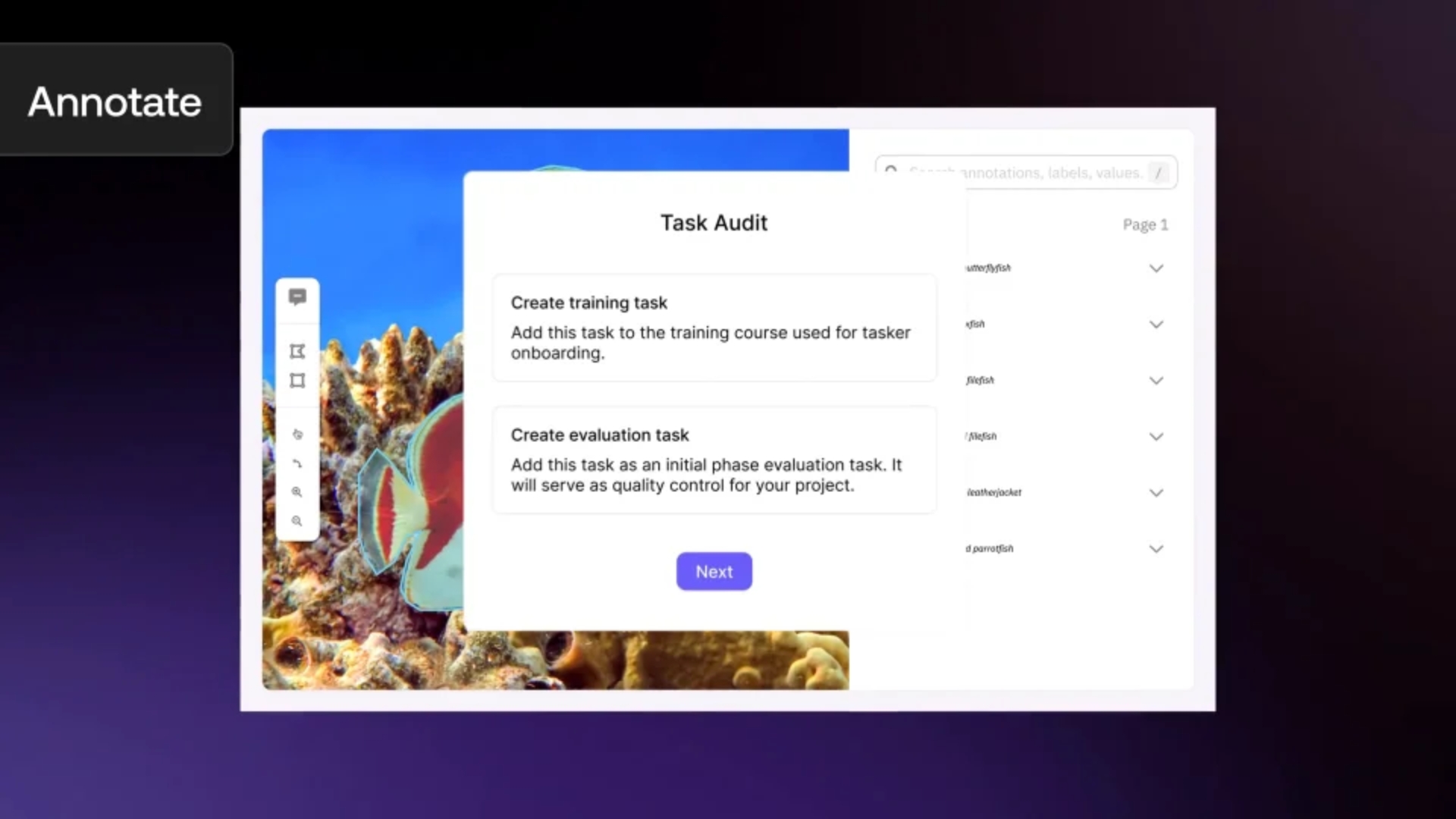
Image Source: https://scale.com/guides/data-labeling-annotation-guide
How it works: Users submit their data to Scale AI, specifying labeling requirements. The platform then distributes tasks to human labelers or machine learning models, incorporating quality control mechanisms and iterative feedback loops for consistent and accurate results.
5. Accelerate ML Annotation:Precision with viso.ai LabelImg:
LabelImg is an open-source, lightweight image annotation tool suitable for users seeking a standalone solution for annotating images. It is particularly useful for tasks involving bounding box annotations.

Image Source: https://viso.ai/computer-vision/labelimg-for-image-annotation/
Key Capabilities of viso.ai LabelImg: Enhancing Efficiency:
- Labeling Techniques: LabelImg is specialized for image annotation, particularly bounding box delineation.
- Annotation Tools: As an open-source tool, LabelImg offers a lightweight and also standalone solution for image annotation.
- Workflow Management: Workflow management features are basic, focusing on individual image annotation tasks.
- Integration with MLOps Platforms: LabelImg is typically used in conjunction with other tools and also platforms for comprehensive MLOps integration.
- Model-Assisted Labeling: Model-assisted labeling is not a direct feature of LabelImg.
- Active Learning: Active learning strategies are not directly supported by LabelImg.
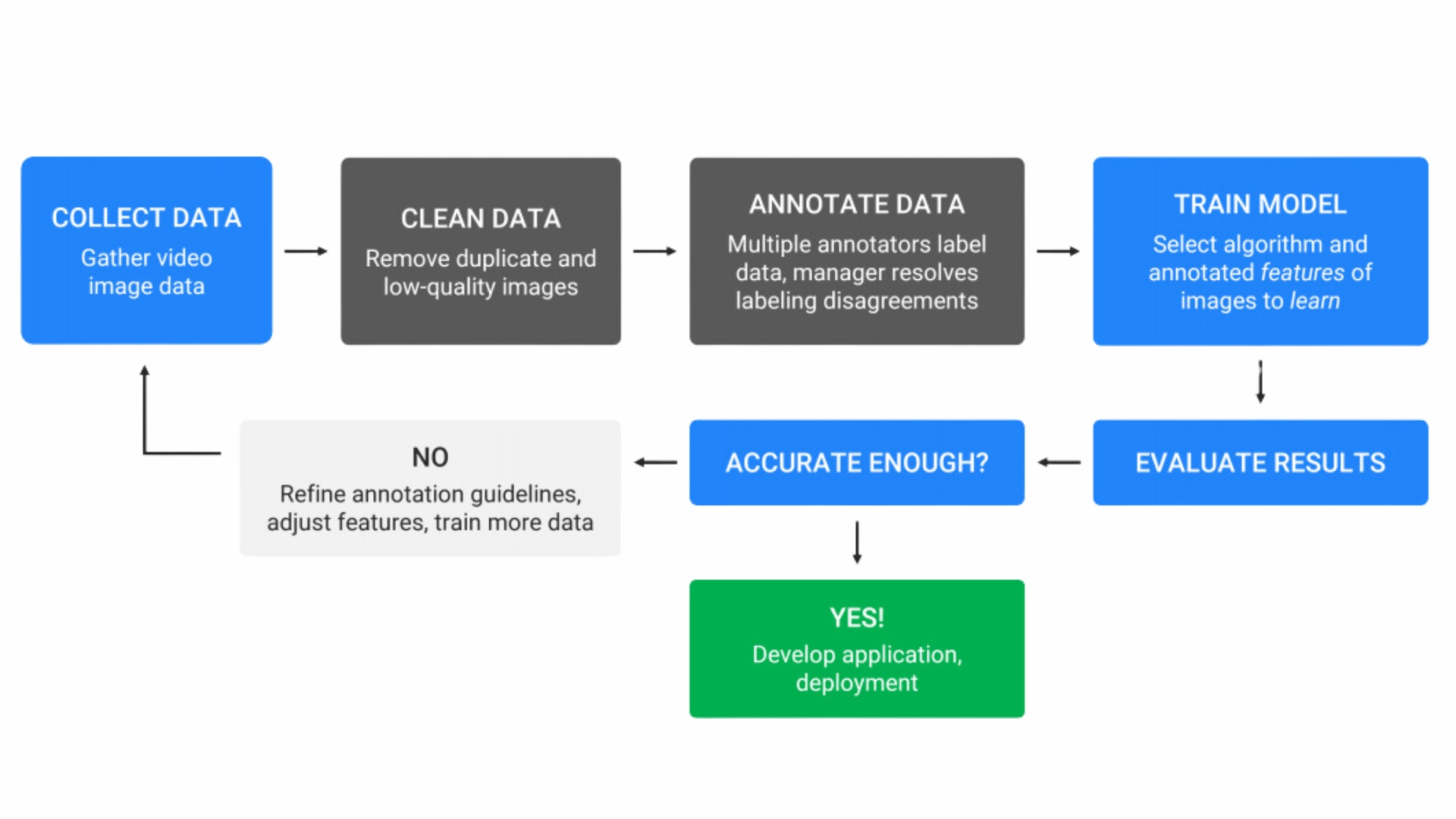
Image Source: https://viso.ai/computer-vision/labelimg-for-image-annotation/
How it works: Users load images into the LabelImg interface and manually draw bounding boxes around objects of interest. The annotations are saved in XML format, making them compatible with various machine learning frameworks.
6. VIA: Versatile Image Annotation for Robust Data Labeling:
VIA is an open-source image annotation tool developed by the Visual Geometry Group (VGG). It provides a flexible solution for annotating images with various annotation types, including bounding boxes, polygons, and points.
VIA: Robust Image Annotation Tool with Key Capabilities:
- Labeling Techniques: VIA, developed by the Visual Geometry Group (VGG), is a versatile open-source image annotation tool supporting various techniques such as bounding boxes, polygons, and points.
- Annotation Tools: VIA provides a flexible annotation tool suitable for diverse image annotation tasks.
- Workflow Management: While VIA offers basic workflow management for individual image annotation, it may require additional tools for more complex scenarios.
- Integration with MLOps Platforms: VIA is often used in combination with other tools for comprehensive MLOps integration.
- Model-Assisted Labeling: Direct model-assisted labeling is not a built-in feature of VIA.
- Active Learning: VIA does not directly support active learning strategies.
How it works: Users upload images and use the VIA interface to draw annotations. The tool supports multiple annotation formats and allows users to export annotations for use in machine learning model training.
7. Versatile Data Labeling: Label Studio for ML Annotation:
Label Studio is an open-source data labeling platform emphasizing versatility across various annotation types and data modalities. It offers a collaborative environment for annotating data and integrates seamlessly with popular machine learning frameworks.
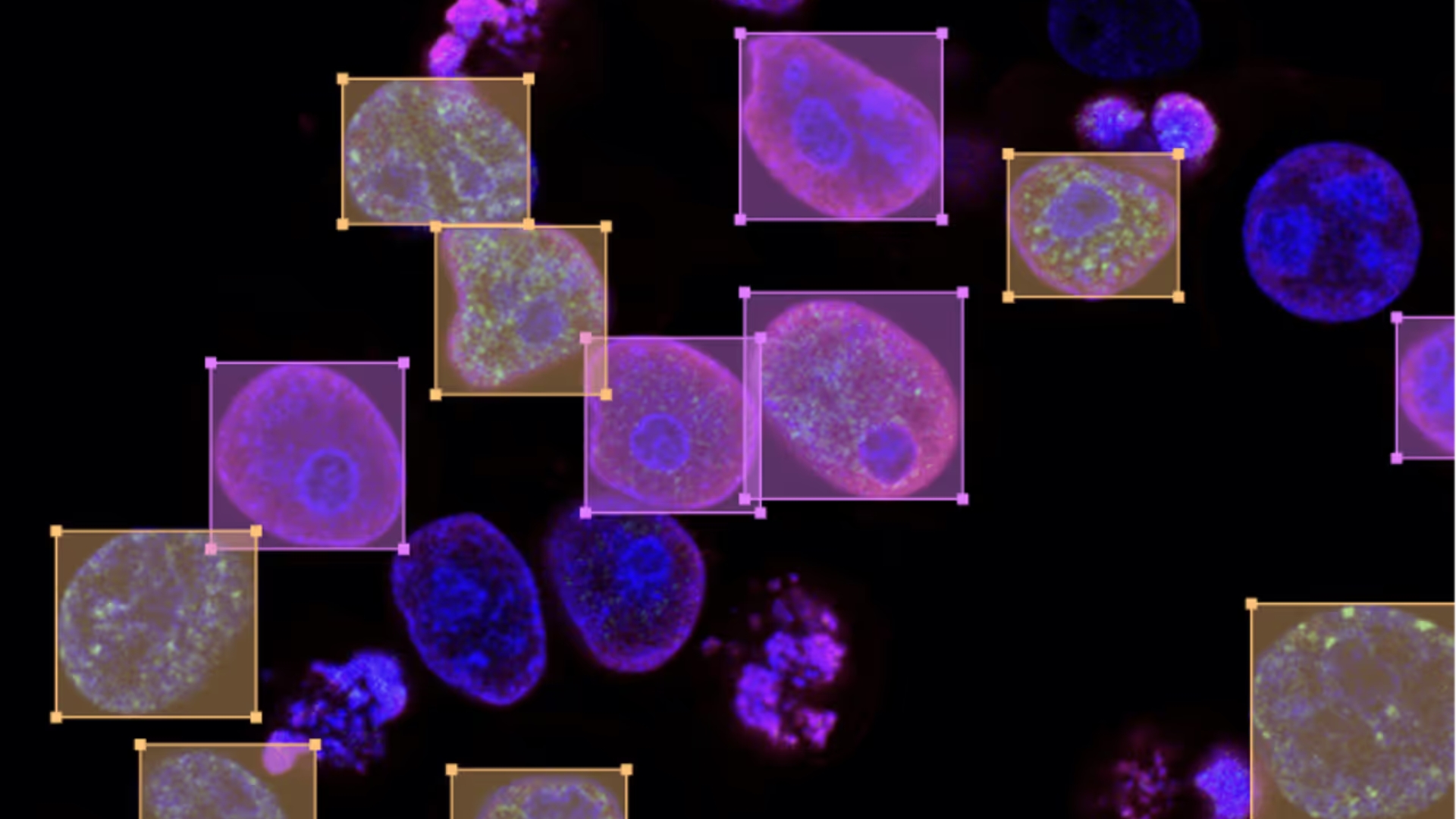
Image Source: https://labelstud.io/
Key Capabilities of Label Studio: Versatile, Powerful:
- Labeling Techniques: Label Studio is an open-source platform supporting various annotation types, including image annotation, text labeling, and more.
- Annotation Tools: It provides a comprehensive set of annotation tools for different data modalities.
- Workflow Management: Label Studio excels in workflow management, offering task assignments, progress tracking, quality control, and collaboration features.
- Integration with MLOps Platforms: Label Studio seamlessly integrates with popular machine learning frameworks, ensuring end-to-end model lifecycle management.
- Model-Assisted Labeling: Label Studio supports model-assisted labeling, leveraging partially trained models to suggest annotations and accelerate the labeling process.
- Active Learning: Active learning strategies are part of Label Studio’s capabilities, enhancing the efficiency of sample selection.
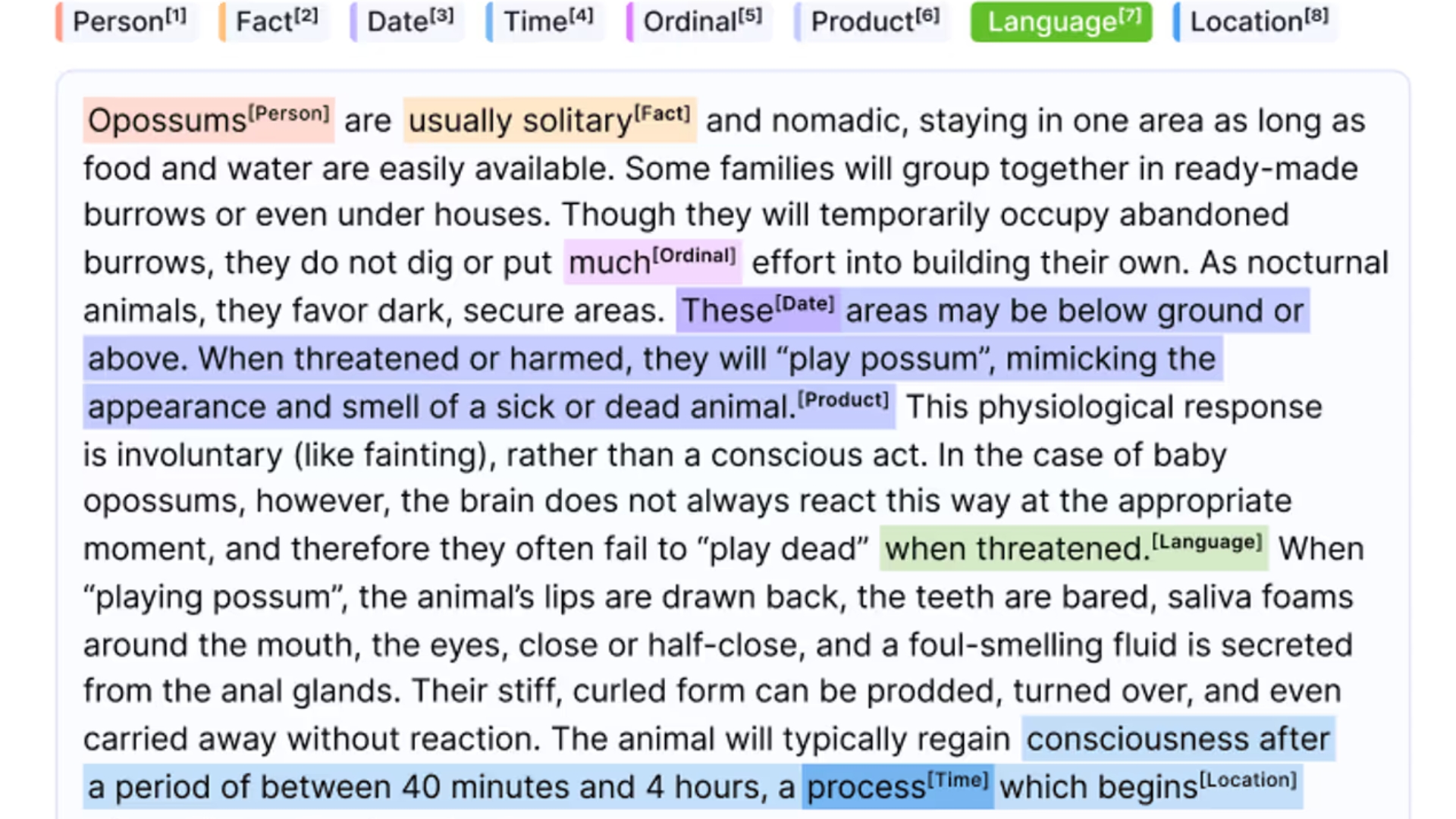
Image Source: https://labelstud.io/
How it works: Users define labeling tasks, invite collaborators, and annotate data using Label Studio’s interface. The platform supports image annotation, text labeling, and more, with active learning strategies and integration capabilities.
8. Doppler: Collaborative Audio Data Annotation Platform:
Doppler is a collaborative data annotation platform specialized in annotating audio data. It simplifies the process of transcribing speech, detecting sound events, and identifying speakers in audio files.
Doppler’s Essential Capabilities for Seamless Performance:
- Labeling Techniques: Doppler specializes in annotating audio data, offering techniques such as speech transcription, sound event detection, and speaker identification.
- Annotation Tools: As a platform dedicated to audio annotation, Doppler provides precise tools for labeling sounds and transcribing speech.
- Workflow Management: Doppler facilitates real-time collaboration on audio annotation tasks, enhancing workflow efficiency in labeling audio data.
- Integration with MLOps Platforms: While Doppler may not directly integrate with MLOps platforms, its labeled audio data can be seamlessly integrated into broader MLOps workflows.
- Model-Assisted Labeling: Doppler does not explicitly offer model-assisted labeling as a feature.
- Active Learning: Active learning strategies are not a direct part of Doppler’s functionality.
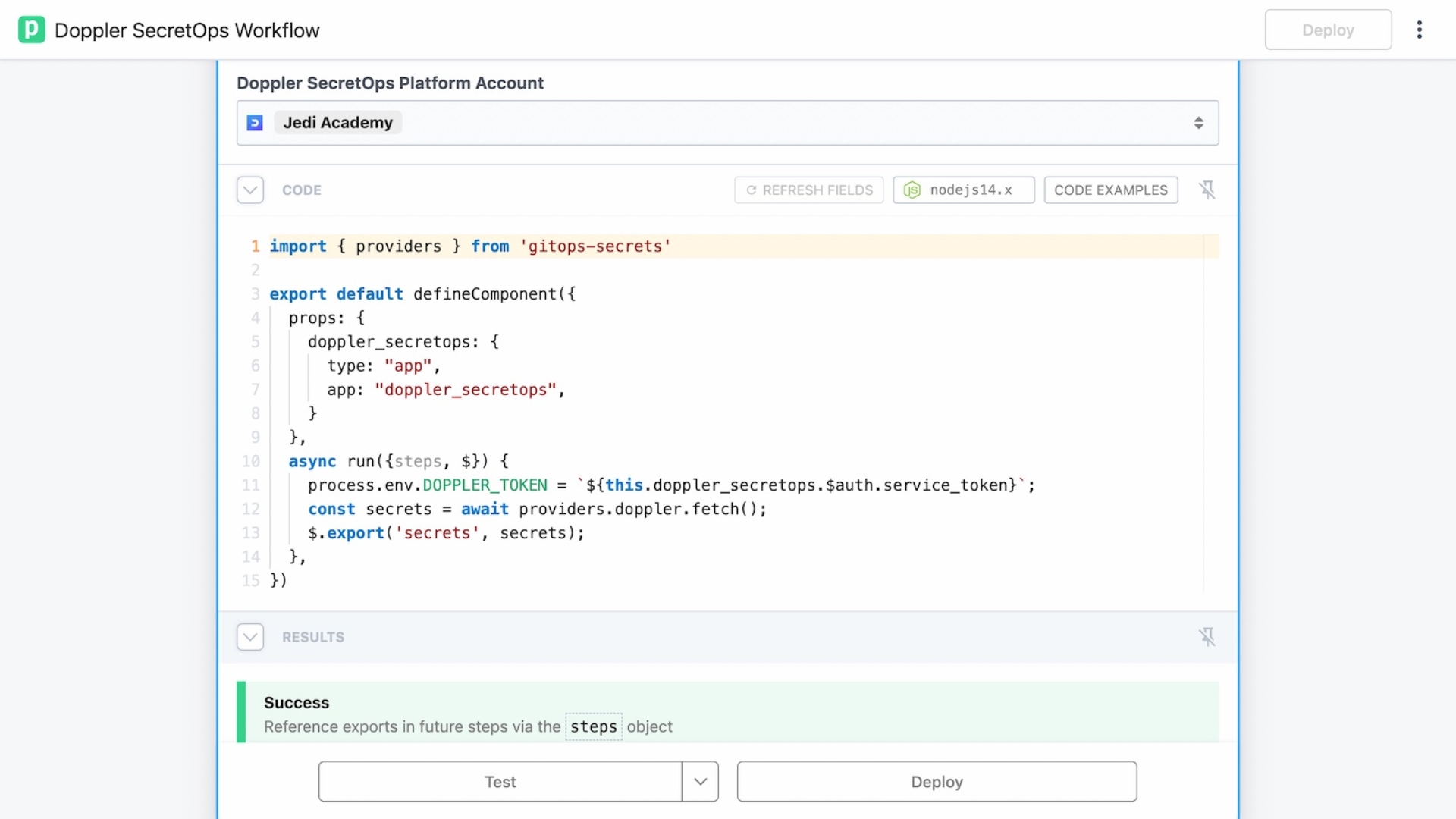
Image Source: https://docs.doppler.com/docs/pipedream
How it works: Users upload audio files to the Doppler platform, define annotation tasks, and collaborate in real-time to label sounds. The tool provides precise annotation tools and features for quality control in audio data labeling.
9. Collaborative Data Labeling: Hivemind Takes Flight:
Hivemind is a collaborative data annotation platform that facilitates teamwork in generating high-quality labeled datasets for machine learning. It supports various annotation types, including image annotation and text labeling.
Unlocking Hivemind’s Power: Key Capabilities Explained:
- Labeling Techniques: Hivemind supports various annotation types, including image annotation and text labeling.
- Annotation Tools: It provides collaborative annotation tools suitable for different data modalities.
- Workflow Management: Hivemind excels in workflow management, offering features for task assignment, progress tracking, and also collaboration.
- Integration with MLOps Platforms: Hivemind integrates with MLOps platforms, facilitating seamless model lifecycle management through the annotation process.
- Model-Assisted Labeling: While Hivemind does not explicitly mention model-assisted labeling, its collaborative features may incorporate partially trained models.
- Active Learning: Hivemind supports active learning strategies, enabling models to identify informative samples for labeling autonomously.
How it works: Users define labeling projects, assign tasks to team members, and collaboratively annotate data using Hivemind’s platform. The tool provides features for efficient project management and also annotation tasks.
10. Speed-Label Your Data: SuperAnnotate for Images & Video:
SuperAnnotate is a data annotation platform designed for speed and efficiency in generating high-quality labeled datasets. It supports various annotation types for images and also videos, including object detection and segmentation.
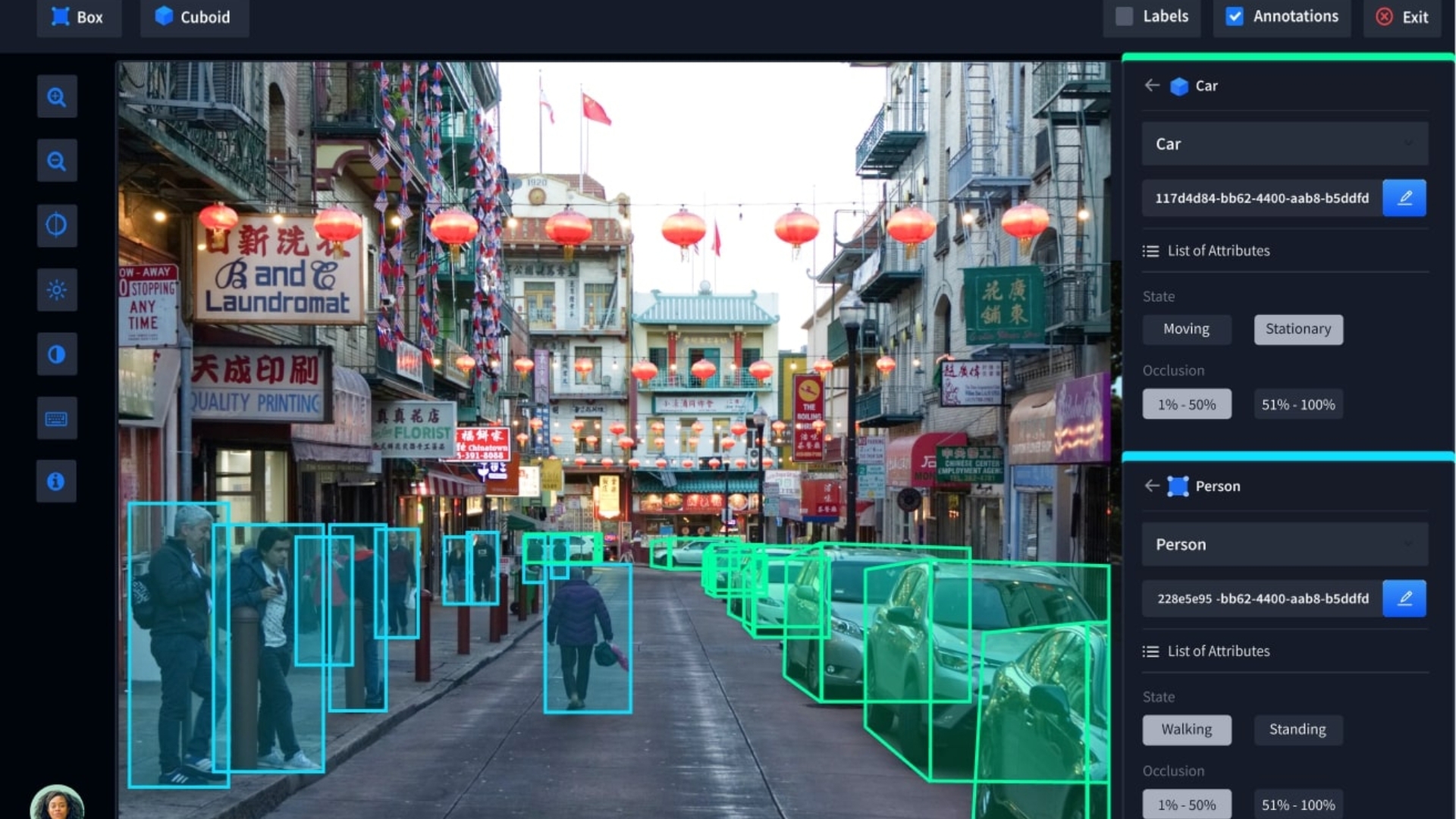
Image Source: https://www.superannotate.com/blog/best-data-labeling-tools
SuperAnnotate: Capabilities for Streamlined Annotation:
- Labeling Techniques: SuperAnnotate is designed for image and video annotation, covering techniques such as object detection and also segmentation.
- Annotation Tools: It provides advanced annotation tools for precise and efficient labeling of images and videos.
- Workflow Management: SuperAnnotate streamlines workflow management with features like task distribution and also progress tracking.
- Integration with MLOps Platforms: SuperAnnotate seamlessly integrates with MLOps platforms, ensuring labeled data is seamlessly connected to model training and deployment.
- Model-Assisted Labeling: SuperAnnotate supports model-assisted labeling, leveraging partially trained models for efficient image and also video annotation.
- Active Learning: Active learning strategies are part of SuperAnnotate’s capabilities, optimizing annotation by focusing on critical data points.

Image Source: https://www.superannotate.com/blog/introducing-superannotate
How it works: MLOps engineers initiate the dataset labeling process by uploading raw data onto the SuperAnnotate platform. Here, they define annotation tasks, seamlessly leveraging a synergistic combination of automation and also human labelers to ensure highly efficient and accurate annotation. SuperAnnotate’s feature-rich toolkit is tailored for MLOps engineers, providing specialized tools for object detection, segmentation, and also various other annotation techniques. This comprehensive approach empowers MLOps engineers to optimize the labeling workflow, fostering precision and also scalability in dataset annotation tasks for subsequent model training and deployment
FAQ’s:
1.What is the purpose of data labeling?
Data labeling is the process of assigning meaningful tags or annotations to data, making it understandable for machine learning algorithms. It helps in training supervised learning models by providing ground truth labels for the input data.
2. What is labeled data with an example?
Labeled data refers to data that has been tagged with relevant labels or annotations. An example is a dataset of images of cats and dogs, where each image is labeled as either “cat” or “dog”.
3. What is label data type?
The label data type refers to the format or structure in which labels are represented in a dataset. It typically includes categorical values such as class names, numerical values, or text annotations assigned to each data instance.
4. What is an example of labeling?
An example of labeling is in image recognition, where images of different objects are annotated with corresponding labels like “car,” “tree,” or “person” to train a model to recognize those objects in new images.
5. What is MLOps tooling?
MLOps tooling encompasses a set of practices and tools aimed at streamlining the deployment, monitoring, and management of machine learning models in production environments. Examples include tools for model versioning, automated testing, and model performance monitoring.
